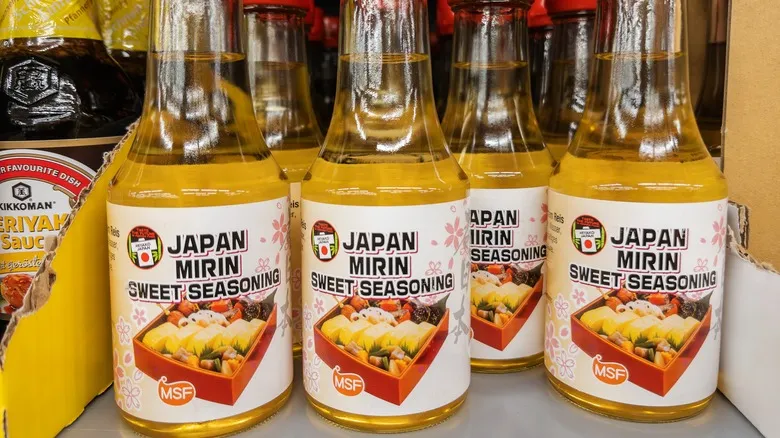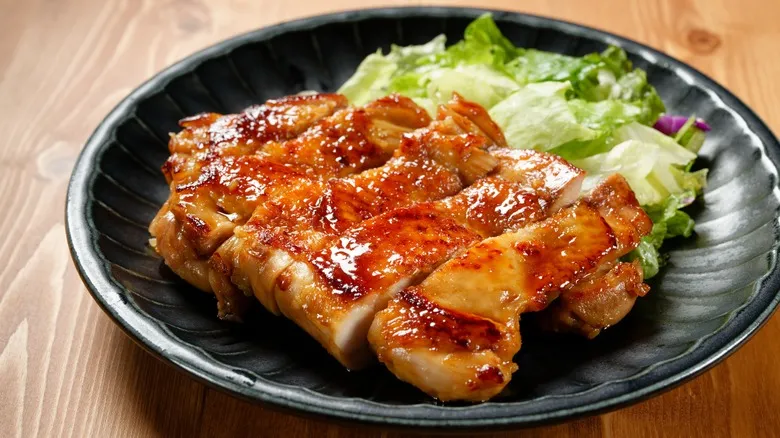Adding mirin to fried rice

While mirin shares similarities with sake, they are not the same. Mirin is crafted from a combination of regular steamed rice, koji rice (rice fermented with a specific fungus), and shochu, a Japanese spirit that can be derived from rice, barley, sweet potatoes, or other plants. In contrast, sake is made with yeast and does not include shochu. Mirin typically undergoes fermentation for one to two months, although it can be aged for several years, resulting in a darker color. There are various types of mirin; "hon mirin" is the purest form, while "aji mirin" may contain additives like corn syrup. You can usually find mirin in Asian grocery stores, and some supermarkets, such as Walmart, may also stock it.
Many consider mirin to be essential for achieving restaurant-quality fried rice. You won’t need to use much to enjoy its benefits; a tablespoon is generally sufficient, though some recipes may call for a little more or less. Keep in mind that mirin is sweet, so be careful not to overuse it, or you might end up with fried rice pudding instead. Combine it with other liquids (like soy sauce and sesame oil) and add them simultaneously with the rice, ensuring everything is evenly coated.
If you want to enhance the flavor even further, don’t stop at mirin—consider adding a splash of fish sauce (but use it sparingly, as too much can make the dish overly salty). You can incorporate it at the same stage.
Other uses for mirin

While mirin is highly effective in Chinese dishes such as fried rice, it is more commonly associated with Japanese cuisine, its country of origin. It complements a diverse array of dishes. When combined with soy sauce, it becomes a fundamental component of teriyaki sauce, contributing its signature sweetness. Mirin can also be incorporated into ramen and salad dressings, as well as used in glazes and marinades for meats and fish. Additionally, it enhances dipping sauces for items like tempura or sashimi, balancing the salty flavors of soy sauce with a gentle sweetness, much like in fried rice.
Shaoxing, a Chinese cooking wine, can serve a similar purpose to mirin, though it is produced through a slightly different method that includes wheat. Shaoxing wine can be effectively used in marinades, glazes, or to add depth to stir-fries.
If you’re unable to find mirin or shaoxing, rice vinegar can be a substitute, but you’ll need to add sugar to restore the sweetness. A half-teaspoon of sugar for every tablespoon of rice vinegar should suffice.
Recommended

Next Time You Make Potato Salad Dress It Like Bobby Flay

What To Do If You Don't Have A Mortar And Pestle For A Recipe

Make Your Dinner Party Napkins Stand Out With One Simple Technique

The Underrated Fruit You Should Use To Tenderize Your Meat
Next up

